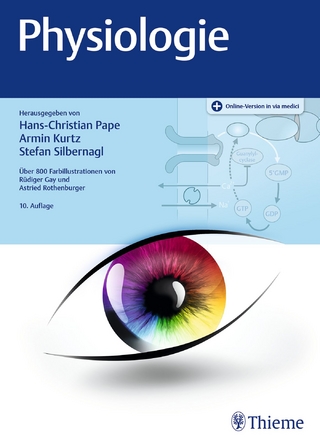
Lahita's Systemic Lupus Erythematosus
Academic Press Inc (Verlag)
978-0-12-820583-9 (ISBN)
Because its symptoms come and go and mimic those of other diseases, lupus is difficult to diagnose. There is no single laboratory test that can definitively prove that a person has the complex illness.
To date, lupus has no known cause or cure. Early detection and treatment are the key to a better health outcome and can usually lessen the progression and severity of the disease. Anti-inflammatory drugs, antimalarials, and steroids (such as cortisone and others) are often used to treat lupus. Cytotoxic chemotherapies, like those used in the treatment of cancer, are also used to suppress the immune system in lupus patients.
A new edition of this established and well-regarded reference combines basic science with clinical science to provide a translational medicine model. Systemic Lupus Erythematosus, Sixth Edition, is a useful reference for specialists in the diagnosis and management of patients with SLE, a tool for measurement of clinical activity for pharmaceutical development and basic research of the disease, and a reference work for hospital libraries.
Dr. Robert Lahita is Clinical Professor of Medicine at Rutgers University, and the Director of the Institute for Autoimmune and Rheumatic Diseases. He is a fellow of the ACP and the Royal College, and a master of the ACR. Dr. Lahita is the author of more than 16 books and 150 scientific publications in the field of autoimmunity. He is the editor of the standard textbook Systemic Lupus Erythematosus and the Senior Editor of the Textbook of Autoimmunity, and the author of Lupus: Q and A for patients and Autoimmunity in Women.
Part I: Basis of the Disease Section A: Genetics and epigenetics 1. Major histocompatibility complex and SLE 2. Lupus Susceptibility genes 3. Epigenetics in systemic lupus erythematosus and the integration of molecular pathways
Section B: Immunopathogenesis 4. Autoantigens, antigenic mimicry, and immune complexes 5. B-cell Biology, tolerance and autoantibodies 6. T-Cell Biology, tolerance and regulation 7. Polymorphonuclear cells 8. Metabolic and mitochondrial dysfunction in SLE 9. Immunopathogenesis: the role of mucosal and skin microbiota in SLE
Section C: Disease effectors and modifiers 10. Complement and SLE 11. Interferons and cytokines in SLE pathogenesis and therapy 12. Innate immunity in SLE pathogenesis 13. Sex bias in SLE
Section D: Tissue injury—the Biology 14. Mechanisms of tissue injury in lupus nephritis 15. The skin 16. The brain in SLE: mechanisms and detection of injury and therapeutic strategies 17. The role of infections in SLE pathogenesis 18. Tissue injurydthe biology: SLE-associated vascular disease and antiphospholipid syndrome
Part II: Clinical presentation of disease Section A: Clinical presentation 19. Epidemiology of SLE and related diseases: incidence, prevalence, and mortality 20. The clinical presentation of systemic lupus erythematosus and laboratory diagnosis 21. Passively acquired lupus in the fetus and neonate 22. Systemic lupus erythematosus in children 23. Environmental and drug-induced lupus 24. Reproductive health 25. Monitoring disease activity 26. Overlap syndromes
Section B: Specific organ involvement and clinical presentation 27. Nervous system 28. Skin 29. Kidney disease 30. Cardiovascular disease in lupus 31. Pulmonary manifestations of systemic lupus erythematosus 32. GI hepatic and nonhepatic diseases 33. Musculoskeletal system: articular disease, myositis, and bone metabolism 34. Clinical presentation of antiphospholipid syndrome 35. Hematology: cytopenias 36. Malignancy risk and screening
Section C: Treatment of systemic llupus erythematosus 37. Antimalarial drugs (and lupus) 38. Glucocorticoids 39. Immunosuppressive therapy in SLE 40. Pipeline therapies and future drug development 41. Challenges of systemic lupus clinical trials
| Erscheinungsdatum | 30.07.2021 |
|---|---|
| Verlagsort | San Diego |
| Sprache | englisch |
| Maße | 216 x 276 mm |
| Gewicht | 2200 g |
| Themenwelt | Medizin / Pharmazie ► Medizinische Fachgebiete ► Pharmakologie / Pharmakotherapie |
| Studium ► 1. Studienabschnitt (Vorklinik) ► Physiologie | |
| Studium ► Querschnittsbereiche ► Infektiologie / Immunologie | |
| ISBN-10 | 0-12-820583-0 / 0128205830 |
| ISBN-13 | 978-0-12-820583-9 / 9780128205839 |
| Zustand | Neuware |
| Informationen gemäß Produktsicherheitsverordnung (GPSR) | |
| Haben Sie eine Frage zum Produkt? |
aus dem Bereich


